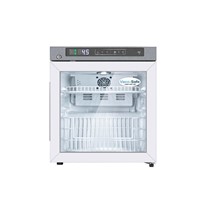It's easy to fall into the trap of bargaining for the "best price possible" and getting the lowest product when purchasing a vaccine fridge for your pharmacy or medical practice, especially if it appears to meet your purpose and budget.
The disadvantage of focusing solely on the purchase price is that customers often overlook the cost of running and utilizing the refrigerator after it has been purchased. Only after you've purchased, installed, and stocked the fridge with vaccines will you realize how much it costs to run and how much it might cost to manage repairs if they're needed.
Don't just think about the purchase price when you're shopping for a new vaccine fridge; also consider the device's lifetime cost. In the long run, you may find that paying more upfront for a higher-quality product saves you money.
Before you buy a vaccine fridge, there are three things to consider (apart from the purchasing price).
Energy Consumption
The cost of operation is perhaps the most essential post-sale expense to consider when purchasing a vaccine fridge. Some manufacturers market their products' energy consumption levels, while others may not. Before making a selection, it's best to get a precise estimate of how much power the refrigerator uses on a regular basis.
You can compute the entire cost of running the refrigerator monthly, yearly, and over the product's projected life once you know how much power it uses every 24 hours (be it three, five or more years). When you use this formula to compare similar products, you'll be astonished at how much money you can save. You may also wish to factor in the purchase price in your calculations to get a sense of the total cost of ownership.
It's also worth evaluating what refrigerant is utilized to chill the vaccine fridge when it comes to energy consumption. Non-HCFC (hydrocarbon fluorocarbon) refrigerants like R 290 and R 600a have positive thermodynamic qualities, therefore they don't require as much power (or money) to keep the vaccine fridge cool. Non-HCFC refrigerants also minimize greenhouse gas emissions, which is beneficial to the environment.
Look for a vaccine fridge with strong insulation and optimized air conditioning systems to help reduce energy consumption and save money on electricity.
Reliability
Choose a vaccine fridge that is made of high-quality materials, meets international temperature control and reliability standards and is compliant with the Quality Care Pharmacy Program (QCPP). Check failure rates with suppliers, if possible, to ensure that the vaccine fridge you choose reduces the risk of losing expensive vaccines due to cold chain breaches or unexpected breakdowns.
Warranty & Preventative Maintenance
When purchasing a vaccine fridge, be sure to check the warranty period provided by suppliers, as well as whether or not parts and labor costs are included in the purchase price. A preventative service visit every year will help you avoid a breakdown. Ask the supplier for the name and contact information of an authorized biomedical engineer who specializes in vaccine fridge maintenance. As a result, the total cost of owning a vaccine fridge must include this cost. However, the peace of mind that comes with knowing your newly purchased unit is in good condition and will continue to work optimally in the future can offset this cost. Avoiding the need to replace your vaccine fridge sooner than expected can save you money in the long run by preventing unexpected system failures.


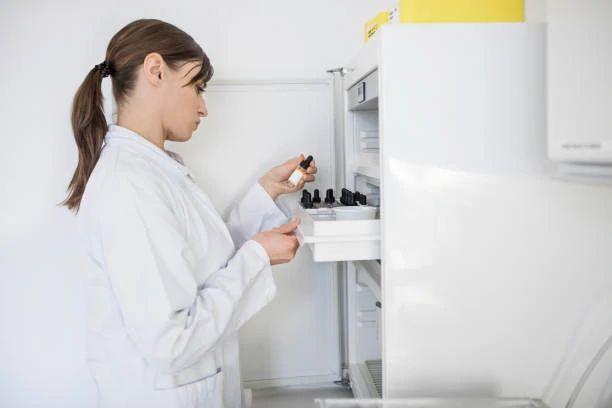
-160x160-state_article-rel-cat.png)
















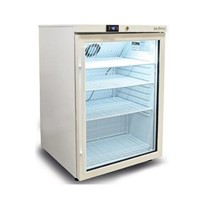
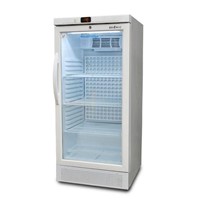

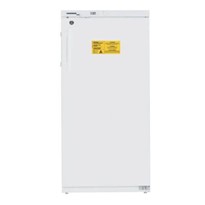
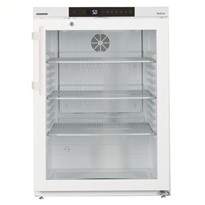



-205x205.jpg)

-205x205.jpg)






-205x205.jpg)
-205x205.jpg)
-205x205.jpg)
-205x205.jpg)
-205x205.jpg)
